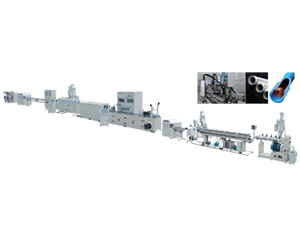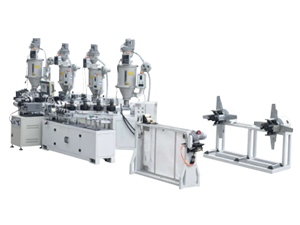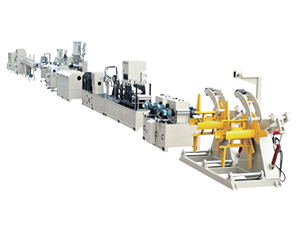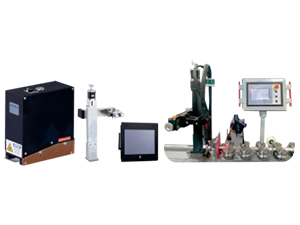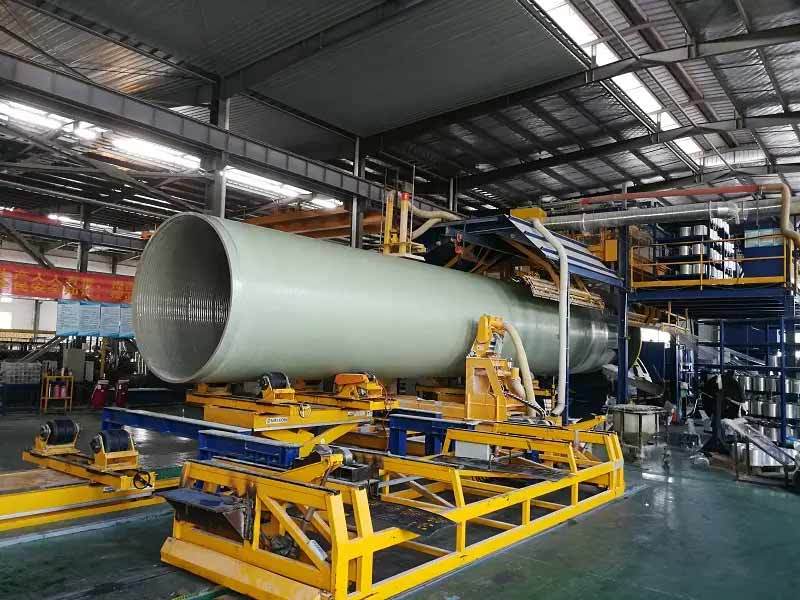Optimizing Efficiency with a Pipes Production Line: A Comprehensive Overview
Sep 30,2025

In the manufacturing and processing machinery sector, a Pipes Production Line plays a crucial role in the efficient production of various pipe types, including metals, plastics, and composites. These production lines are engineered to optimize the entire manufacturing process, ensuring high output while maintaining quality standards. By leveraging advanced technology, businesses can significantly enhance productivity, reduce waste, and minimize costs.
The core components of a Pipes Production Line typically include raw material handling systems, forming and shaping equipment, welding or bonding machines, and quality inspection units. Each stage is designed to streamline operations and can be integrated with automated systems to ensure precision and consistency. For example, automated cutting systems can enhance the accuracy of pipe lengths, while robotic welding stations can improve the quality and speed of joining sections together.
One of the key advantages of a Pipes Production Line is its ability to adapt to varying production demands. Manufacturers can configure the line to produce different pipe sizes and materials, making it a versatile solution for diverse market needs. Flexibility in production is paramount, allowing businesses to respond quickly to customer requirements without the need for extensive downtime or reconfiguration.
Furthermore, the integration of Industry 4.0 technologies, including IoT (Internet of Things) sensors and predictive maintenance tools, enhances the functionality of Pipes Production Lines. These technologies provide real-time data, allowing manufacturers to monitor performance, predict failures, and optimize operations proactively. By analyzing this data, businesses can identify bottlenecks and implement improvements, leading to a more efficient production cycle.
Quality control is another critical aspect of a Pipes Production Line. Advanced inspection technologies, such as ultrasonic and X-ray scanning, enable manufacturers to detect defects or inconsistencies in the pipes produced. This ensures that only pipes meeting stringent quality standards reach the market, thereby safeguarding the reputation of the manufacturer and ensuring customer satisfaction.
In conclusion, investing in a state-of-the-art Pipes Production Line is a strategic move for manufacturers looking to enhance efficiency and quality in their production processes. By embracing automation, flexibility, and cutting-edge technologies, companies can not only improve their operational metrics but also position themselves competitively in the market. With continuous advancements in manufacturing technology, the future of Pipes Production Lines looks promising, promising greater efficiency and innovation for the industry as a whole.
The core components of a Pipes Production Line typically include raw material handling systems, forming and shaping equipment, welding or bonding machines, and quality inspection units. Each stage is designed to streamline operations and can be integrated with automated systems to ensure precision and consistency. For example, automated cutting systems can enhance the accuracy of pipe lengths, while robotic welding stations can improve the quality and speed of joining sections together.
One of the key advantages of a Pipes Production Line is its ability to adapt to varying production demands. Manufacturers can configure the line to produce different pipe sizes and materials, making it a versatile solution for diverse market needs. Flexibility in production is paramount, allowing businesses to respond quickly to customer requirements without the need for extensive downtime or reconfiguration.
Furthermore, the integration of Industry 4.0 technologies, including IoT (Internet of Things) sensors and predictive maintenance tools, enhances the functionality of Pipes Production Lines. These technologies provide real-time data, allowing manufacturers to monitor performance, predict failures, and optimize operations proactively. By analyzing this data, businesses can identify bottlenecks and implement improvements, leading to a more efficient production cycle.
Quality control is another critical aspect of a Pipes Production Line. Advanced inspection technologies, such as ultrasonic and X-ray scanning, enable manufacturers to detect defects or inconsistencies in the pipes produced. This ensures that only pipes meeting stringent quality standards reach the market, thereby safeguarding the reputation of the manufacturer and ensuring customer satisfaction.
In conclusion, investing in a state-of-the-art Pipes Production Line is a strategic move for manufacturers looking to enhance efficiency and quality in their production processes. By embracing automation, flexibility, and cutting-edge technologies, companies can not only improve their operational metrics but also position themselves competitively in the market. With continuous advancements in manufacturing technology, the future of Pipes Production Lines looks promising, promising greater efficiency and innovation for the industry as a whole.
PREVIOUS:
Contact Us
E-mail:
Phone/Wechat/WhatsApp
Address:
A2-1408, Kaichuang Avenue to Tai Plaza, Huangpu District, Guangzhou City, Guangdong Province



